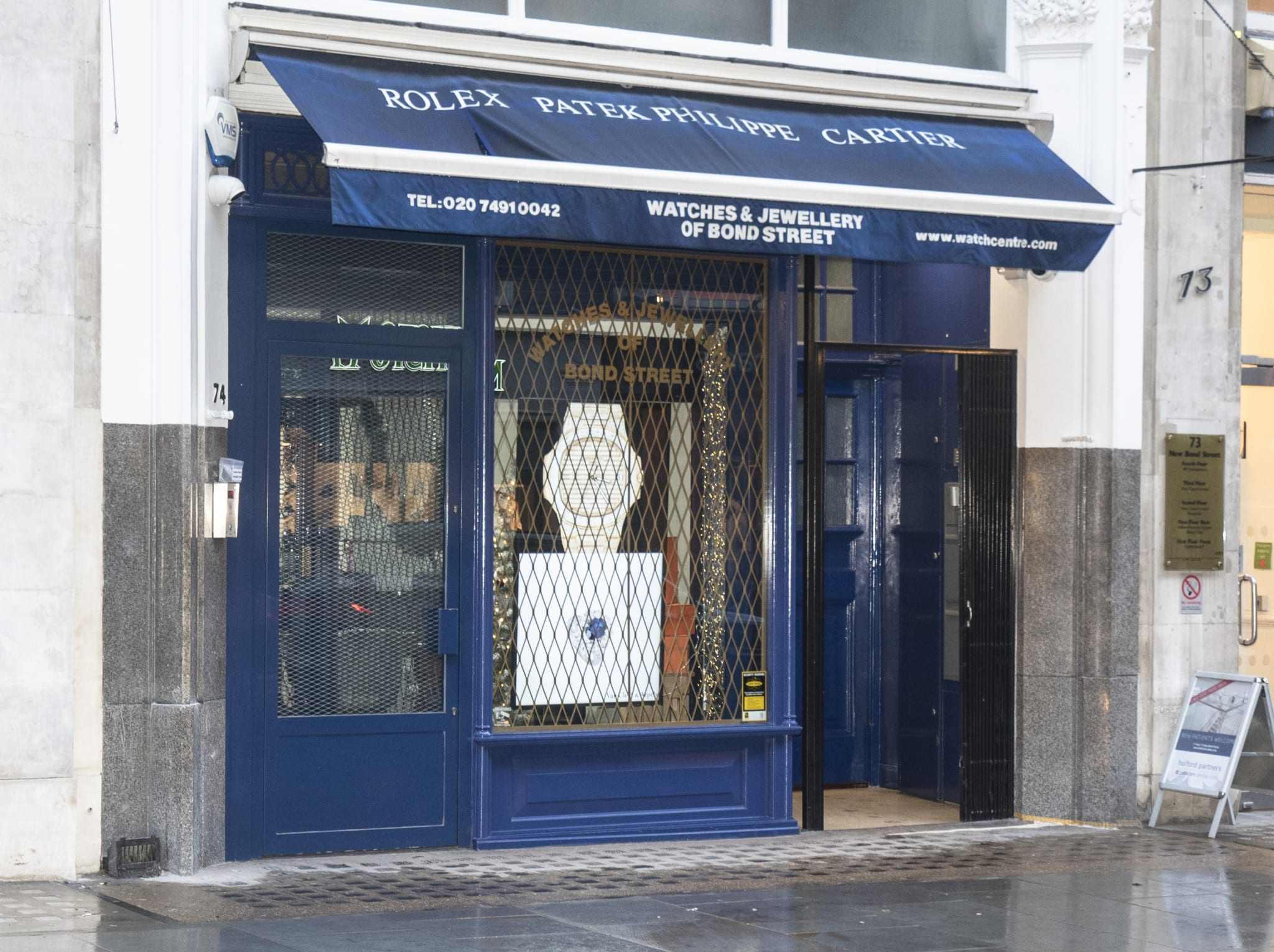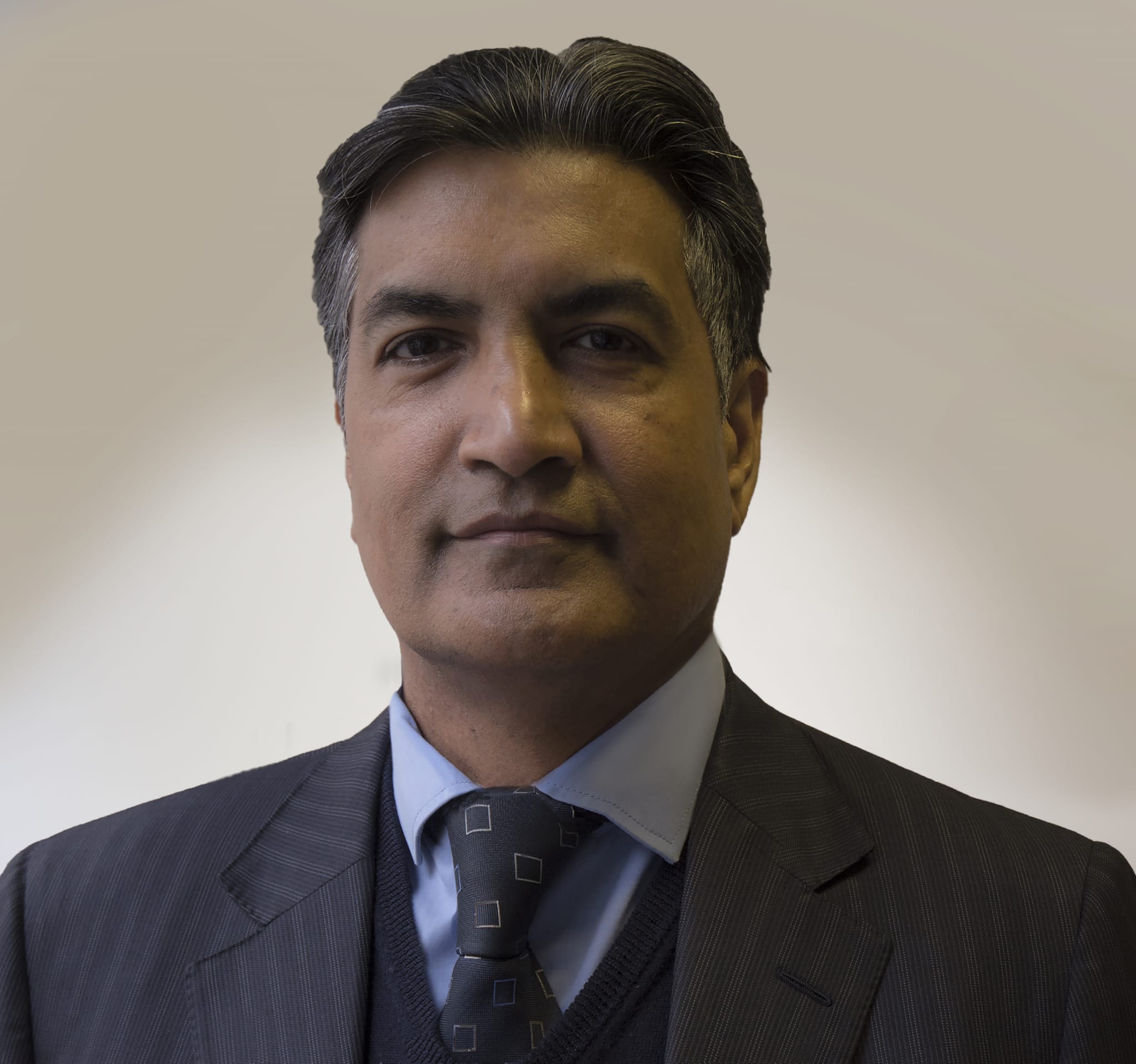Founder of one of London’s most reputable vintage and pre-owned watch dealerships, Raj Jain talks to WatchPro about how his company and the market has evolved over the past 35 years.
Can you explain what your business is and what services you provide?
The business deals in watches. We’ve been dealing for 35 years now. I first started on a visit to Bombay for a holiday in 1985, where I discovered wristwatches. I bought some in an antiques market and travelled throughout India and realised that I was finding wristwatches at the time priced way lower than what they were selling for in the West. Genuine watches, the top brands: Rolex, Patek, Jaeger-LeCoultre, Vacheron, etc. So I started the business in a showroom in 1986 in Bombay in the equivalent part of Bond Street over there.
At that time I was also dealing in pocket watches and other timepieces. I was mainly selling to collectors and clientele who were coming to India. However, the supply was way more than I could sell. So I decided that, since I grew up in England, I would market them there. So then I started bringing them over here in about 1990. The rarer pieces I put in auction and the other pieces I started selling in places like Mayfair and Portobello Market etc. I then opened my first store in the Grays Antiques Market, then I moved into a showroom in Blenheim Street next to Bonhams, where the likes of Aurel Bacs used to pop in during most of his lunch times! I finally came here in 2007.
So at that stage before the store was it all word of mouth with traders?
In 1985 there was no internet and the wristwatch market had just emerged from the pocket watch market. A lot of people were selling and buying on instinct. At the time I didn’t advertise anything so it was word of mouth, and of course when you go to markets like Portobello Market and auctions, you interact with a lot of other dealers and collectors, so that’s how I built up my network then.

Where do you source your stock?
Now, from the general public. From trade fairs, auctions, smaller dealers etc. There’s a chain that exists, where people at the bottom, because they have very few overheads, are more likely to sell something for a smaller profit. It finally reaches us where we retail the item. We advertise on the internet as well. We used to advertise in publications, but now it’s solely internet.
This isn’t a shop front, is it? Is it appointment only?
It used to be a shop front before the moped gangs kicked in. We used to display all our watches, but we made the decision to remove them after the building and showroom was refurbished to prevent smash and grab. I did have a lot of cabinets but I sold all of them. It’s appointment only now. The good news is that it hasn’t affected business at all.
How do you try to maintain relevance and stand out from the crowd when there are such pre-eminent online platforms now?
There are many ways. One is to compete on price. Secondly, to give a better service hopefully. Thirdly, to have more attractive deals when part-exchanging a serviced watch to us. Fourthly, relying on my experience and the team’s experience in authenticating watches, identifying them and therefore expanding the repertoire. And lastly – by advertising our watches on the eminent platforms as well.
In the last two or three years the second-hand market seems to have blown up for the big brands. Have you seen anything like the current surge in demand for Rolex and Patek?
It is extraordinary. There are many reasons why that’s happening. One, the population of the world has doubled. Two, generally people have become wealthier in the past 10-15 years. Another reason is that a lot of women now are wearing men’s watches so your market has doubled there, along with the doubling of the population. I’ve seen a lot of women buying male sports watches and wearing them. So it’s easy to see why the market has doubled or even tripled and the demand has grown so much.
What constitutes the value of a wristwatch?
First of all the overall condition, the originality. Hoping that it still has original parts. But I would say the most important part of collecting vintage wristwatches, classic ones, pre-war or even a modern one is the dial. It’s a bit like stamp collecting. If you compare a stamp, say a penny black, which is the size of a dial approximately, and you think that these penny blacks go for hundreds of thousands of pounds, it’s because they’re not faded, they’re in good condition, they’re not creased, they’re not torn etc. The same applies to a dial. The markers and writing haven’t faded, it still retains its crisp look whilst in original condition.
And how to identify whether a dial has been retouched, refinished or even completely repainted to look original. Believe me, there are not a lot of people that can do that today. The person who can, that’s what keeps them in business and also allows them to identify which watch is worth recommending to the client or buying, and understanding how the same watch will then appreciate or what the price will be for a watch with a certain dial condition as opposed to a pristine one or an average one. Me and my team here, we have a pretty good understanding and a lot of experience of how to deal with that aspect.
On a more personal note, what is your favourite watch brand?
I have two favourite brands. They have to be Patek and Rolex, for different reasons. Patek Philippe because of the way they started. Everything was in-house, handmade and the quality of their watches was superior to everyone else’s. Also they gained a reputation for making the most complicated watches of all time, and that has cemented their reputation.
I like Rolex because it introduced the wristwatch to the world. Probably not the first, but it introduced the best, practical and most robust wristwatch to the entire world. They had many patents – the first automatic watch, the first waterproof, dust proof, heat proof, atmospheric proof. And today it’s still going strong. It’s practically a bullet proof watch and you can’t say that of a lot of Patek Philippes. The advert that Patek used where you pass it onto the next generation – Rolex has already proved that for at least four or five generations as well.

Which transaction at this company has made you most proud?
I bought something that’s extremely rare in India, at the time I think it was about £50. It was so rare that I thought it wasn’t real. It was called a Rolex Zerographe, a special chronograph made in the early 1930’s that measured manufactured products as they came off a conveyor belt in a factory. I put it into a Swiss auction in 1986 or 1987 and I think it made about £25,000. That gave me a lot of motivation to continue.
Do you still source watches from India?
I don’t now. The whole world of dealers used to camp in Bombay in the 80s. You’d have the Japanese, the dealers from Hong Kong, the Italians were the biggest dealers, some London dealers came there, some local dealers like me, the Americans. It was the cheapest and the best place; all the items were untouched. You’d find something in true original condition. It pretty much dried up around the 2000s. Now it’s almost impossible to find something. It’s basically all London, New York and Hong Kong based now.
How difficult do you find it to flag up fakes?
Modern fakes are relatively easy to detect. But it’s the vintage models that require a lot more time and expertise to authenticate. But it’s nearly impossible to be perfect. I also have two watchmakers on site, so it’s much easier for us to open watches and inspect the movement and various other parts of the watch.
The second hand market is more legitimate than ever, would you say?
For sure. The big Brands have now entered this market. AP are selling pre-owned watches. Watches of Switzerland started a few years ago. Bucherer – they bought Watch Gallery and Tourneau. There are a lot of pre-owned watches in the market now and the demand is still very strong. People realise that when they buy a preowned wristwatch – it’ll still retain its value and won’t lose 50% as soon as they walk out the shop door!
Watches & Jewellery of Bond Street – www.watchcentre.com & www.richdiamonds.com

